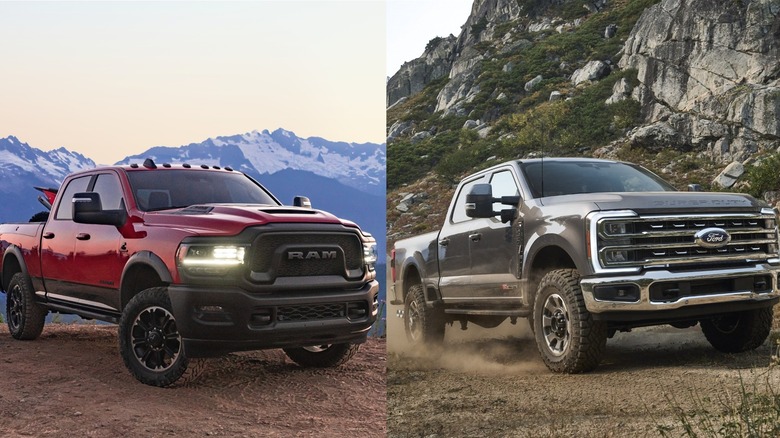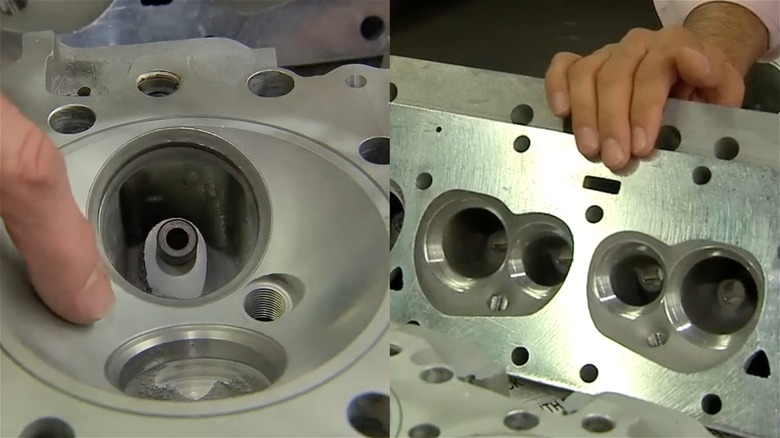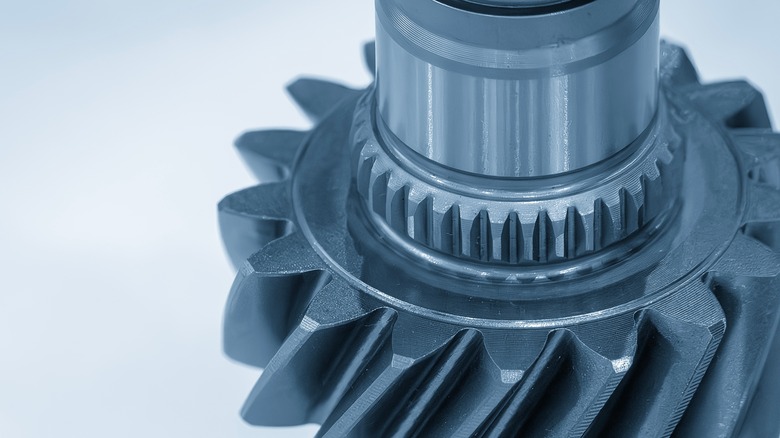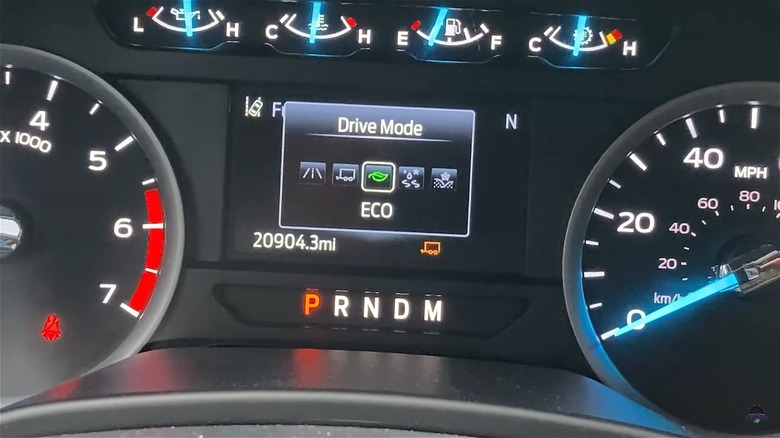6.4 HEMI Vs. 7.3 Godzilla: How Do These Engines Compare?
When looking to purchase a capable new workhorse, the first choice comes down to choosing whether diesel or gasoline pickup trucks are best for you. But what if you've already decided on a naturally aspirated gas engine and want to compare a few of the most robust options available?
For example, the large 6.4-liter HEMI V8 comes ready with 410 horsepower and 429 pound-feet of torque and is available in trucks like the 2024 Ram 2500 Laramie. You also have the massive 7.3-liter V8 from Ford nicknamed "Godzilla," which outputs 430 horsepower and 485 pound-feet of torque and is offered in models like the 2024 F-250 XLT.
In addition to output figures, the 6.4 HEMI and 7.3 Godzilla differ in other ways such as cylinder head shape, number of gears, and fuel saving technology. It's also worth mentioning that Stellantis (who owns RAM and Dodge, among other brands) is discontinuing the HEMI engine. Meanwhile, the more recently launched 7.3-liter option from a competing automaker is just getting started, and is one reason Ford's Godzilla engine is so different from most other modern V8s.
The HEMI is hemispherical and the Godzilla is wedge-shaped
The shape of the top of each cylinder in an engine can influence things like compression ratios, enhance combustion efficiency, and power. A HEMI engine is one that includes a hemispherical cylinder head shape or half a sphere. Known in the automotive industry for decades, Chrysler branded many of its engines with the "HEMI" moniker boasting impressive output.
With a dome top on the cylinder, a HEMI has the valves angled, features more space for the oxygen and fuel mixing, and absorbs less heat than other configurations providing robust performance benefits. The uniquely formed cylinder head is just one aspect that makes Chrysler's HEMI engines so special.
Another cylinder head design has been hotly debated and compared to the HEMI, and that's the wedge. The Ford Godzilla features wedge shaped cylinder heads with their own advantages. The wedge design can provide even more efficient combustion and lighter components, and it can keep the valves open longer than a HEMI in some instances. Of course, these comparisons are completely dependent on which specific HEMI and wedge engine face off. Suffice it to say, both cylinder head designs featured in the 6.4 HEMI and 7.3 Godzilla are close in terms of brawny potential under the hood.
The Godzilla has more gears
The 6.4-liter HEMI comes equipped with an eight-speed automatic transmission, whereas the 7.3-liter Godzilla includes a 10-speed automatic transmission. There are advantages and disadvantages regarding the number of gears in these engines that might make one choice more appealing over the other. In terms of fuel economy and performance, the eight-speed transmission on the HEMI finds a nice middle ground. Still, miles per gallon figures are influenced greatly by driving habits, where actions like aggressive acceleration will reduce efficiency. In addition, some owners of 10-speed transmissions report frustration during their driving experience regarding the more frequent shifting as compared to an eight-speed.
However, the extra two gears in the 7.3-liter Godzilla do offer some perks over the 6.4-liter HEMI eight-speed. In terms of pulling a trailer, a 10-speed transmission offers a smoother experience and helps the engine consistently remain in the ideal spot for optimum power generation. You'll notice, particularly on inclines, a 10-speed transmission won't feel as jarring when downshifting as each gear isn't nearly as far apart as they are in an eight-speed. In fact, the Ford 10-speed transmission doesn't feature a wider overall spread between its first and last gear than in transmissions with fewer speeds.
The HEMI has cylinder deactivation mode
Automakers have been walking a fine line for decades between producing large V8 engines with enhanced output while still meeting increasingly strict EPA regulations. One of the ways Ram has improved the efficiency of its 6.4 HEMI is by including cylinder deactivation. Ram uses a technology called MDS (Multiple Displacement System) which is a surprisingly complex series of operations that shut down four of the eight cylinders, thereby reducing the amount of exhaust gas that uses energy to pump out. This in turn makes the engine more efficient because MDS senses when output requirements are low and automatically activates. However, if you select a driving mode such as Tow/Haul, MDS will be disabled.
The 7.3-liter Godzilla does not include a similar cylinder deactivation system present in the 6.4-liter HEMI. Instead, it does offer an ECO driving mode, which first must be selected manually by the driver. Once activated, ECO mode observes your driving habits and offers suggestions on how you can improve fuel economy. As one owner of the Godzilla engine explained it on an F150 online forum, "I have a 7.3 and ... they are built for towing, not fuel economy."



